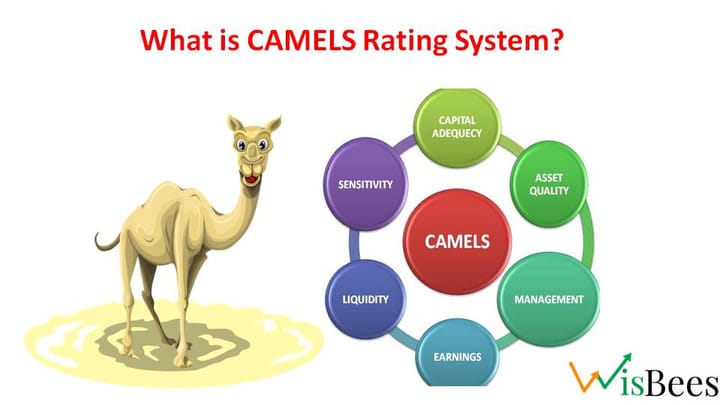What is Asset Under Management (AUM)?

As the name suggests, Asset Under Management (AUM) refers to the total money that a fund manager—whether for a mutual fund, pension fund, hedge fund, or investment company—manages on behalf of clients with the aim of generating returns. In return, the fund manager earns a fee for managing these assets, commonly known as the management fee.
In Short
- Total market value includes invested capital and reinvested returns managed by the fund on behalf of investors.
- Signals fund performance as a rising AUM often reflects strong performance and growing investor confidence.
- Higher liquidity allows larger AUMs to enable easy buy/sell without disturbing market operations.
- Scalability limits may occur as larger funds struggle to find high-return opportunities; smaller ones are more agile.
- Revenue driver since AUM directly impacts fee income for the fund via management charges.
- Regulatory impact appears when certain AUM levels are crossed, triggering compliance or disclosure requirements.
What is AUM?
AUM is the total market value of the investments that are actively managed by a fund manager or an investment firm on behalf of clients. This includes not just the original invested capital, but also any gains or returns that are reinvested into the fund. It gives a comprehensive picture of the total pool of money being handled to achieve financial growth for investors.
AUM can increase or decrease over time based on:
- New investments (inflows) into the fund,
- Withdrawals or redemptions (outflows) by investors, and
- Market performance of the fund’s underlying assets.
Why is AUM important?
1. Size of the Fund
The size of a fund, as measured by its AUM, often reflects investor confidence. A growing AUM generally indicates that the fund is performing well and attracting more investor capital. It is viewed as a sign of stability and a strong track record.
2. Liquidity
A fund with a larger AUM tends to be more liquid. This means investors can easily buy or sell units without significantly affecting the fund’s pricing or operations. It offers flexibility to both the fund manager and investors.
3. Impact on Performance
While a large AUM offers benefits, it can also pose challenges. As the size of the fund grows, it may become harder to find enough high-return opportunities without moving the market or diluting performance. On the other hand, smaller funds often have more flexibility and agility to tap into niche or high-potential investments, which may lead to better returns under the right management.
4. Management Fee Income
Most investment companies charge fees as a percentage of AUM. Hence, a higher AUM typically translates into higher management fees for the fund, providing more resources for research, operations, and portfolio management.
5. Regulatory and Operational Significance
In some jurisdictions, surpassing certain AUM thresholds may bring additional regulatory scrutiny or require enhanced disclosures. It can also impact how funds structure their portfolios or manage risks.
Conclusion
Asset Under Management (AUM) is more than just a number—it represents the trust of investors, the performance of the fund, and the potential for both returns and operational efficiency. AUM serves as a critical indicator of a fund’s size, strength, and strategy in the market.



